
North Sumatra Province
A Comprehensive Look at North Sumatra Province
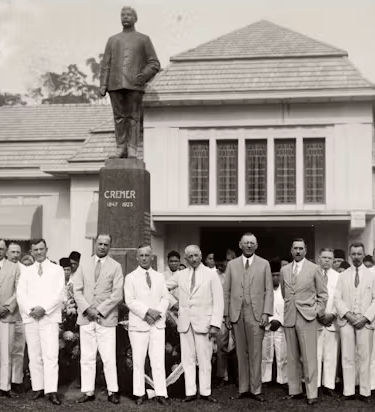

📜History: Kingdoms and Colonial Commerce
The history of North Sumatra is characterized by the rise of indigenous kingdoms and its strategic role during the colonial era.
Ancient Kingdoms: The region was historically influenced by various indigenous groups. The Batak kingdoms and sultanates held sway in the interior and along the coasts.
The Srivijaya Empire: While its center was in South Sumatra, the vast trading influence of the Srivijaya Empire (7th–13th century) impacted the coastal trade routes of North Sumatra.
Dutch Colonial Era: North Sumatra became crucial to the Dutch East Indies economy. The fertile plains around Medan were developed into massive plantation areas, specializing in tobacco, rubber, and palm oil. This commercial activity led to the rapid growth of Medan as a major port and administrative center, drawing in diverse migrant workers from Java, China, and India.
Post-Independence: The province was formally established after Indonesian independence, retaining its strategic economic importance due to its port and agricultural wealth.
👥Demographics and Population
North Sumatra is Indonesia's fourth-most populous province, with a population of approximately 15.4 million people. It is known for its high level of ethnic and religious diversity.
Major Ethnic Groups:
Batak: The indigenous group of the Toba highlands, divided into several sub-groups (Toba, Karo, Simalungun, Mandailing, Pakpak, and Angkola), each with distinct dialects and customs.
Javanese: A large population, mostly descendants of transmigrants brought in to work on colonial plantations.
Chinese Indonesian: A significant community concentrated in urban centers, especially Medan, where they play a crucial role in trade and commerce.
Minangkabau and Malay: Primarily located along the coastal areas.
Religion: The province exhibits a high degree of religious diversity. While the majority is Muslim (particularly the coastal Malays, Javanese, and some Batak groups like the Mandailing), a large portion of the Batak Toba and Batak Karo people are Christian (Protestant and Catholic), giving North Sumatra a unique religious landscape.
🏞️Geography and Natural Conditions
North Sumatra is geographically dramatic, spanning volcanic mountains to expansive lowlands.
The Bukit Barisan Mountains: These run through the province, creating a cool highland climate and serving as the location for its most iconic feature.
Lake Toba: The centerpiece of North Sumatra, it is the world’s largest volcanic lake and the site of a massive supervolcanic eruption. The large island in the middle is Samosir Island, which is the heartland of the Batak Toba culture.
Climate: Tropical monsoon climate, moderated in the mountainous regions, which offer cooler temperatures compared to the hot coastal plains.
🎨Culture, Customs, and Traditional Arts
The culture of North Sumatra is largely defined by the six Batak sub-ethnic groups, each sharing common roots but maintaining unique traditions, particularly in music, architecture, and social structure.
Adat (Customs): Batak society operates through a strong patrilineal clan system (Marga). Their social life, including marriage and funerals, is governed by complex traditional laws and ceremonies known as Adat Batak.
Traditional Houses (Rumah Adat):
Batak Toba (Rumah Bolon): Distinctive for its massive, saddle-shaped roof that curves upwards dramatically at both ends.
Batak Karo (Rumah Siwaluh Jabu): A traditional longhouse that can accommodate up to eight families.
Ulos: A traditional hand-woven Batak cloth, crucial to all ceremonies. The specific color, pattern, and way it is draped signify social status, occasion, and relationship. Ulos is given in various rituals as a blessing or expression of love.
Music: Dominated by the sounds of the Gondang percussion ensemble, which plays a central role in Adat ceremonies.
🍲Distinctive Cuisine
Sumatran food is known for its rich spices and intense flavors, with Batak cuisine having its own strong identity.
Babi Panggang Karo (BPK): A popular and distinctive dish of the Karo Batak, consisting of grilled pork served with a blood sauce and chili sauce.
Saksang: A Batak traditional spicy dish made from minced pork (or sometimes dog meat) cooked with blood, coconut milk, and spices.
Arsik Ikan Mas: A famous Batak dish featuring whole carp fish cooked in a thick sauce of yellow spices, chili, ginger, and the distinct Batak ingredient, Andaliman (Batak pepper), which gives a unique citrusy, numbing sensation.
Non-Batak Cuisine: Nasi Medan (a variation of rice dishes) and various styles of Chinese and Malay food are also widely available, especially in the capital.
🏞️Famous Tourist Attractions
North Sumatra offers a blend of natural beauty, cultural sites, and urban experiences.
Lake Toba and Samosir Island: The premier destination. Visitors come to enjoy the stunning volcanic scenery, stay in traditional Batak villages like Tuktuk on Samosir Island, and explore Batak history and stone relics.
Berastagi: A popular highland town in the Karo region, known for its cool climate, fertile vegetable and fruit farms, and the active volcanoes Mount Sibayak and Mount Sinabung.
Maimun Palace (Medan): The historical royal palace of the Sultanate of Deli, famous for its unique mix of Malay, Islamic, Spanish, and Italian architectural styles.
Sipiso-piso Waterfall: A spectacular 120-meter waterfall located in the Batak Karo highlands, pouring into the northern end of Lake Toba.
Gunung Leuser National Park: While shared with Aceh, the eastern parts of this park (accessible from areas like Bukit Lawang) are famous for Orangutan rehabilitation centers and jungle trekking.
North Sumatra is a compelling destination that combines the tranquility of its vast volcanic lake with the vibrant, complex, and resilient cultures of its people.
🏞️North Sumatra Province: The Crossroads of Cultures and Nature
North Sumatra (Sumatera Utara, often abbreviated as Sumut) is one of the most dynamic and culturally diverse provinces in Indonesia. Located on the northern part of Sumatra Island, it serves as an economic powerhouse and a melting pot of ethnic traditions, centered around its spectacular natural wonder: Lake Toba.
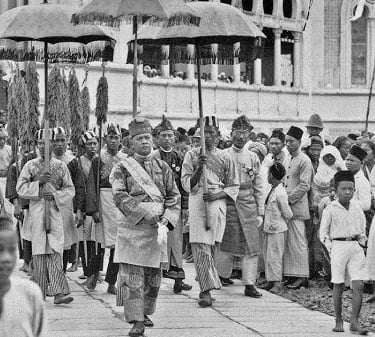


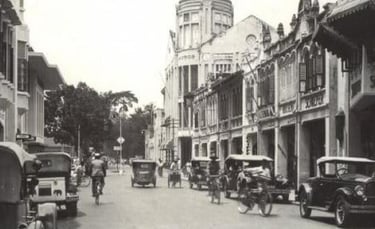


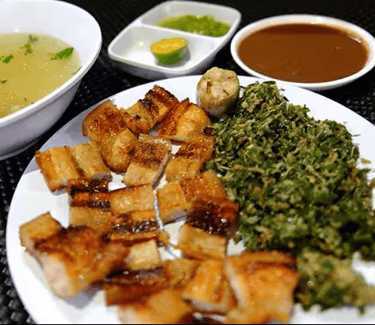

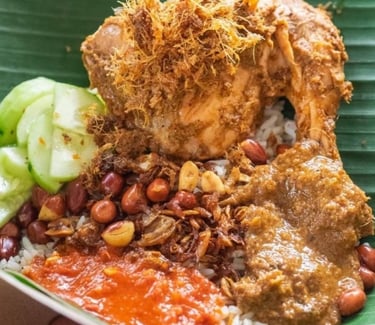


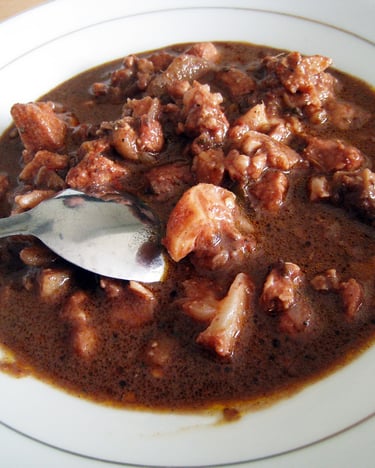


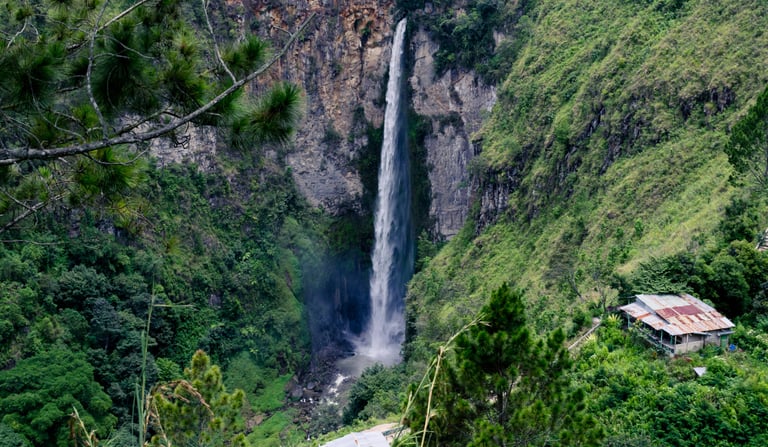



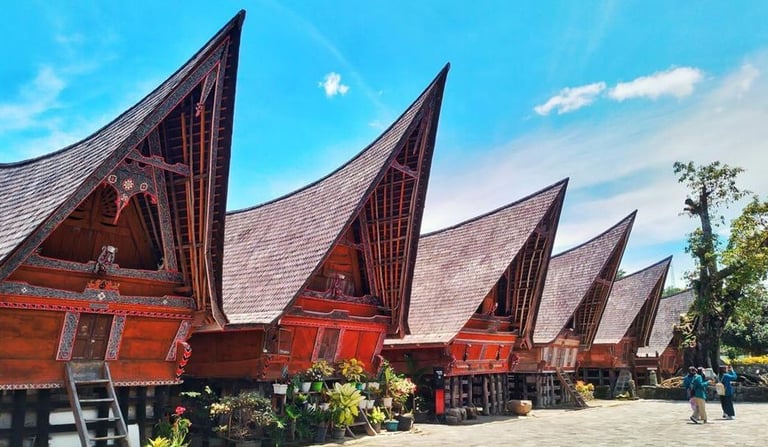

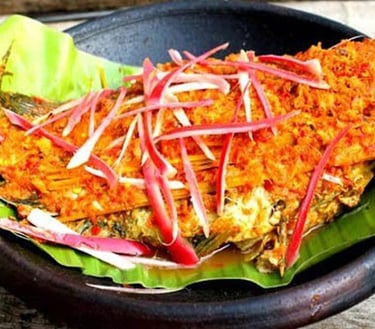

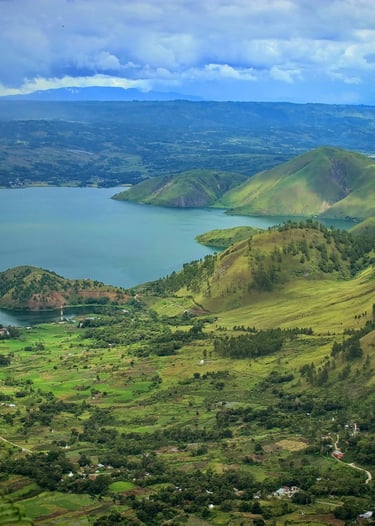

Follow us to explore Indonesia with expert travel guidance
©PT.Sinar Pesona Travelindo 2025. All rights reserved.
